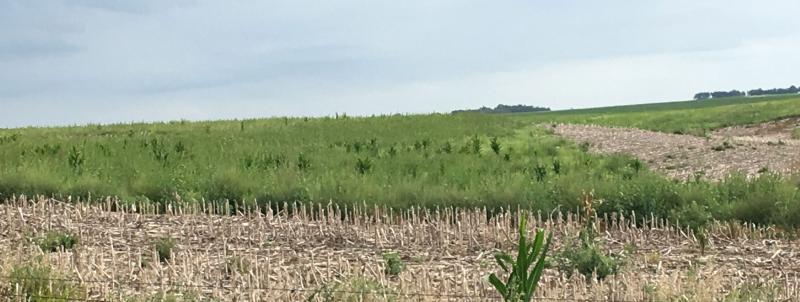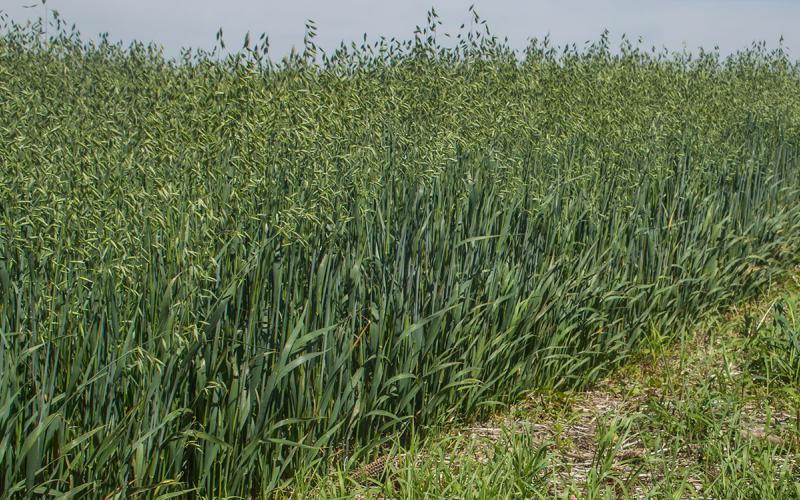Originally written by Gared Shaffer, former SDSU Extension Weeds Field Specialist.
The 2020 Weed Seed Bank

In 2019, South Dakota endured one of the wettest years on record. These conditions caused some fields to not be planted and had no weed control measures accomplished all season. This gave way to some prevent plant fields to be over taken by various types of weeds, such as Waterhemp, Kochia, Marestail and other annuals. As a result, producers need to plan in advance on how to deal with these fields that contain an overabundance of weeds. Weeds in these bare fields have deposited significant amount of seeds on the soil surface, which can easily germinate when adequate moisture and temperature are available. Managing the weed seed bank involves managing weed seed production and germination. Producers need to limit the production of weed seeds. This will in turn limit opportunity for weed seed germination in the field.
Tillage often is performed as an option to destroy all visible weed growth, but at the same time burying or planting weed seeds that may cause issues, not only in the current growing season but also in the future. Any disturbance of the soil surface may initiate weed seed germination. No-till fields give ample opportunity to control weeds through fall application of residual herbicides or a spring burn-down. In a properly managed no-till field weed seeds stay on or near the ground surface and are open to predation and decay. Also, keeping weed seeds near the surface of the ground increases the effectiveness of soil applied herbicides.
How to Manage Weedy Fields in 2020
It can be an effective option to consider planting those fields last that had high weed density in 2019. This will give more opportunity to control early emerging weeds with burn-down and pre-emergent herbicides. Making sure of proper control of these early weeds before planting is extremely critical. Use a multi-step approach to weed control through the use of pre-emergent herbicides with overlapping residuals, with a tank mix of herbicides with multiple sites of action. If possible use an herbicide with separate sites of action for the post-emergent application. Under lower weed pressure situations, one herbicide site of action may be sufficient all growing season. Cover crops in-between cash crops or on prevent plant ground could also help suppress weeds, decrease an overabundance of water and give a healthy soil structure to plant later in the spring. Always scout fields before and after application of herbicides to determine what herbicide to use and if there will be a need for additional control measures.
As we look forward to the next growing season, it is very likely that there will be fields or areas within fields that will be inaccessible to field equipment. There are some burn-down herbicides that may be used by aerial application to help suppress weeds in those fields. Information on aerial application can be found on the herbicide label.


